.jpg)
.jpg)
Can PFA Revolutionise Cardiac Ablations?
We have multiple ways of treating atrial fibrillation. Often this is achieved through a catheter ablation – which uses different energy types including radiofrequency (RF), cryo or laser – in a procedure called pulmonary vein isolation (PVI).
But such energies can sometimes be dangerous…
For example, RF ablation involves extreme heating to create small scars in your heart that block abnormal heart rhythms. Whereas cryo uses extreme cooling. So, these forms of cardiac ablations can carry risk to patients causing blood vessel damage, oesophageal injury, pulmonary stenosis or even death in the rarest of cases.
Such concerns and the increasing prevalence of atrial fibrillation have sparked interest in new procedures for the indication. After years of innovation and research, the electrophysiology (EP) space is now talking about the potential of pulsed field ablation (PFA).
PFA is a promising new modality that employs a train of microsecond-duration, high amplitude electrical pulses that ablate myocardium by electroporating the sarcolemmal membrane without measurable tissue heating.
With the limited data we have so far, it’s proven to be safer than other ablation procedures and provides quicker recovery times. But is it ready to revolutionise cardiac ablations? To find out, I spoke to five leaders from start-ups making waves in PFA.
What Did the Experts Say?
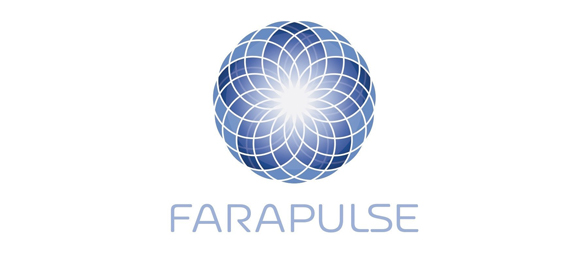
My conversations started with Allan Zingeler, the CEO of FARAPULSE.
The US start-up was the first to perform cardiac PFA in humans in 2016. This January, it also became the first company to commercialise a product in the PFA market, having received a CE mark.
Allan told me that FARAPULSE’s journey began in a cafeteria at The University of Iowa, where co-founder Dr. Steven Mickelson is said to have thought-up the idea of using PFA as an epicardial energy source for FARAPULSE’s technology, after speaking with a group of oncologists that were using an Angiodynamics soft tissue PFA generator to ablate.
From there on, the technology has evolved with safety at the heart of FARAPULSE’s mission.
When I started with the company in 2014, I had a strong conviction that safety would be the main feature physicians would be attracted to. I also thought they’d like the speed of procedures because they are very short with PFA, which is better for the patient, doctor, hospital system, everyone.
But I had no idea that the efficacy would be any better than cryo or RFA – which have an efficacy of something like 65-70%.
What we’ve discovered - and we’ve got multiple journal articles published on this - is that we have better efficacy than cryo or RF. Our remap rates on over 100 patients have proven 96% isolation where everybody else is multiple deciles lower than that. And physicians can’t believe how simple and easy it is to use, too.
FARAPULSE’s flagship device, FARAWAVE, is an over-the-wire catheter designed to create durable and circumferential PFA lesions from a femoral approach. The variable morphology of FARAWAVE’s distal end is designed to treat a range of anatomies.
Every bit of our system was designed to be PFA from the beginning. Everything is purpose built with no compromises or legacy design elements from RF. Most of the followers in our field are repurposing RF catheters which isn’t going to achieve the best end-results.
Our library of data is unprecedented and, like our technology, leads the field. We have lots of journals, peer reviewed article publications and almost 30 patents. We also have the world’s largest PFA remap data room, with over 120 patients studied prospectively for lesion durability in the months following their initial FARAPULSE PFA procedure.
It was clear that Allan was confident in both the technology and his company’s future, which looks bright with an FDA trial and European commercial launch well underway.
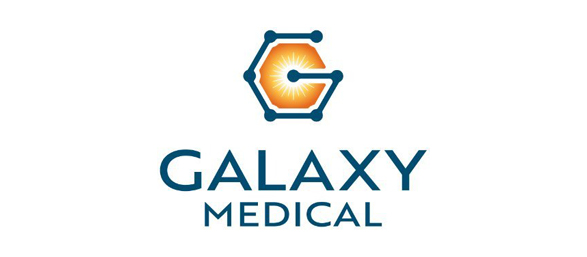
After speaking to Alan, I wanted to speak to Mike Iversen, VP of Commercial Strategy at Galaxy. His company is likely to be next to enter the European market.
Mike told me that his company’s focus was on democratising this exciting technology.
We’ve spent a lot of time on in R&D trying to make sure we can deliver PFA via any manufacturer’s catheter. That’s in comparison to competitors, like Farapulse, that are developing a specific catheter to be used with PFA.
We can use PFA through a standard ablation catheter and have been using Abbot’s Tacticath Ablation Catheter with its ENSite Mapping System – that’s been working great. We have also tested in the lab with Biosense Webster, Medtronic & Boston Scientific’s catheters and they has been working really well.
But we want to continue focusing on optimising the energy and understanding the right balance too.
Mike claimed that at the AF symposium this year there was a lot of presentations about PFA. The consensus was that we still don’t understand the physics of the energy and how it doesn’t harm the oesophagus.
There’s a lot of misinformation and fake news out there. To move this field forward, we need to continue to educate ourselves and each other about PFA.
This cautious attitude is maybe why Galaxy’s Centauri System so impressive. This is an open energy platform with proprietary interface hardware and waveform control algorithms, which enable electrophysiologists to continue with the established point-by-point clinical workflow used in most cardiac ablation procedures worldwide. I’m excited to see the reaction when this comes to market.

Next up, I spoke to Kevin Chaplin who’s the CEO of Kardium.
This Canadian start-up has been around slightly longer than Galaxy and FARAPULSE, launching in 2007. It is now looking to enter the PFA space with its Globe System, which has had success with RF.
To do any ablation procedure, a mapping system must be used to map out of the heart. Then a separate catheter is inserted to ablate the tissue. With Kardium’s Globe device, it incorporates PVI, a mapping system and atrial ablation all in a single catheter – which has not been done before successfully.
While this is expected to make a lot of noise when it hits the PFA marketplace, Kevin highlighted the challenges with lesion placement when using PFA.
You have to place the lesions in the right place and isolate the veins with no gaps, creating a continuous lesion all the way through atrium wall. The challenge in the catheter design is for the placement of those lesions - and electrode spacing.
The challenge with PFA is that once you pulse the tissue, it becomes stunned and so there’s no longer visualisation of the tissue that has been reversibly damaged and can recover after the procedure.
So, you apply multiple pulses in different positions, without good visualisation of what is being done to the tissue. We have designed the Globe electrode spacing so that it can provide a contiguous lesion with a single PFA application, without moving the catheter, which we expect will provide a more predictable PVI.
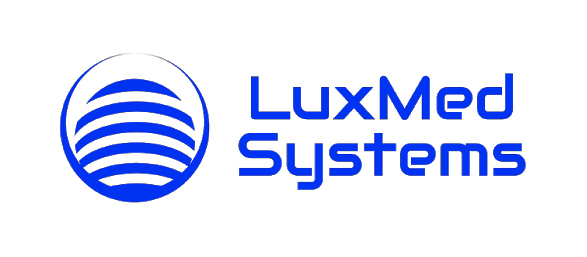
Like Kardium, LuxMed is also trying to repurpose its innovative technology to enhance PFA.
Founded in 2019, based on earlier work from LuxCath, it’s commercialising the OmniView therapeutic ablation cardiac ablation platform.
The company claim this to be the only optically-guided therapeutic ablation catheter that definitively characterises cardiac tissue composition, assesses catheter-tissue contact, monitors contact stability as well as lesion formation and detects gaps – all in real-time.
The ability to directly monitor lesion progression during ablation has long been considered the holy grail of cardiac ablation, with potential to dramatically improve ablation success rates over other commercial technologies, including force-sensing ablation.
While development is underway for the RF platform of the OmnIView technology and expected to reach the market within two years, I spoke to Dr. Omar Amirana, Co-Founder & Chief Executive Officer of LuxMed, about the company’s future in PFA.
At its core, the OmniView technology leverages multiple optical sensors positioned at the distal tip of the ablation catheter to interrogate cardiac tissue at all angles of contact. It has already been well documented that the intensity of the optical signal correlates to tissue metabolic activity and that changes in this signal are indicative of lesion formation and quality. We validated this in animals and humans during RF ablation. This ability to directly interrogate tissue during ablation does not exist in EP today. Without it, EPs rely on indirect measures of lesion quality, such as temperature, electrograms, or contact-force.
This is particularly important in PFA because lesions are not created immediately; the application of PFA energy results in a delayed effect over several days or even weeks. This delay leaves significant ambiguity about the ultimate effectiveness of the ablation procedure. Today, the EP does not have an objective way to judge whether they have effectively delivered enough PFA energy to the tissue during the procedure to produce durable lesions over time and thus must rely on clinical follow-up and assessment to determine whether a second procedure is needed.
Our optical-sensor technology presents a unique mechanism for EPs to directly evaluate changes in the tissue at the time of PFA energy delivery to ultimately assess if lesions will become durable or not.
LuxMed has already conducted preclinical studies with PFA and has produced encouraging results to date. While this is exciting, Dr. Amirana reminded me that we will likely have to wait until 2024 before an optically-enabled PFA catheter reaches the market.
Thus far, our foray into PFA has been incredibly promising. We have produced data demonstrating that optical changes in tissue can be detected before, during and after application of PFA energy. This validates our core technology, regardless of the energy source, but we have more work to do.
I am confident LuxMed will play a critical role in the future of PFA and could be the trailblazer for a sensor-driven PFA market. Given that our optical signatures are digital, we believe we are opening the door to AI-driven outcomes improvement. We are building the first and largest optical signature database to define tissue ablation in a whole new way.

Finally, my research led me to a conversation with David Neale who’s the CEO at Arga MedTech. This start-up claims to have improved on the management of PFA, with its next generation system that’s under development.
Arga’s has also created a multi-purpose catheter for all forms of lesions that are most commonly performed in the EP lab. This should save time, healthcare resources and the cost of the procedure.
I’m especially excited about Arga. This is mainly down to the confidence that David had in the company’s technology and the PFA market’s future.
Come the next five to ten years, I believe that PFA will make RF obsolete.
My Takeaways & the Future
Having heard from these five specialists and David’s bold claim, it’s interesting to ponder whether PFA will make RF obsolete (as well as the other forms of ablation). After all, there’s definitely reason to get excited about the safety improvements. Many of the experts spoke about the impressive speed and efficacy too.
However, there are some obstacles to overcome. It’s early days for the technology and we don’t have enough data to make our minds up on PFA yet. We also need to think about the cost of PFA when it hits the market. If it’s a more premium solution than RF or Cryo, then surely it will be priced that way – making it less accessible to some patient populations. Then there’s also the consideration of how open surgeons/physicians will be to embracing this new procedure.
That’s a lot to think about. So, I’ll leave you to make your own judgements on whether PFA could dominate the ablation market in the next five years. If you have an opinion, please get in touch by emailing me at James.Christopher@medical-cm.com.
Either way, I’m fascinated to see how the market develops and feel truly privileged to be part of such an important, exciting market.
Recommended.
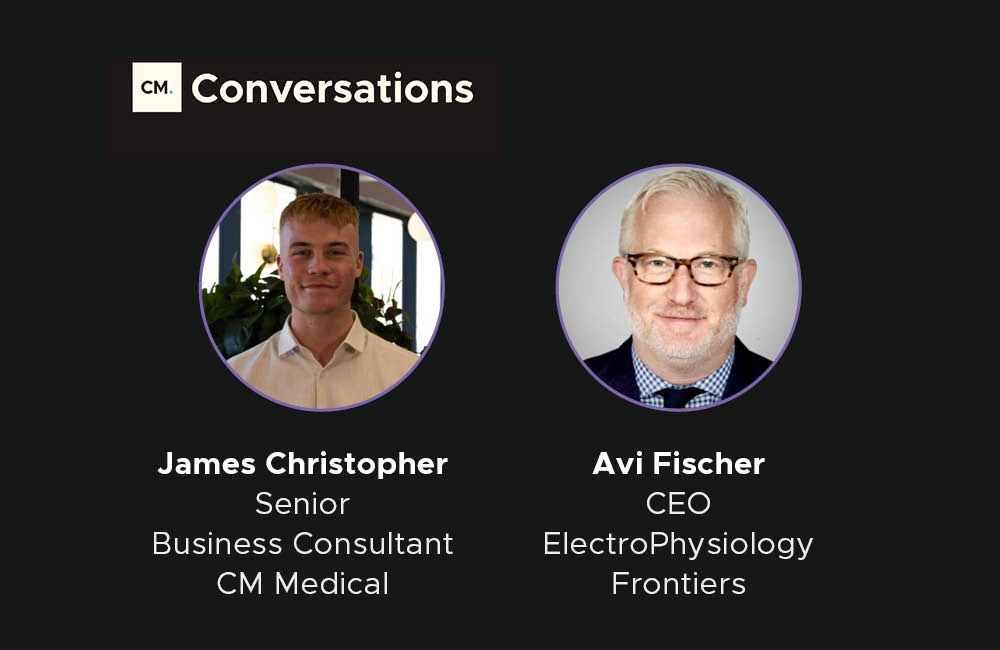
The Future of Catheter Ablations with EP Frontiers CEO, Avi Fischer.
In this episode I talk to ex-physician gone start-up CEO, Avi Fischer, about the future of Catheter Ablations and how EP Frontiers is disrupting the industry. Click to listen.
.jpg)
Can PFA Revolutionise Cardiac Ablations?
With the limited data we have so far, PFA has proven to be safer than other ablation energies and to provide quicker recovery times. But is it ready to revolutionise cardiac ablations? To find out, I spoke to five leaders from start-ups in the space.
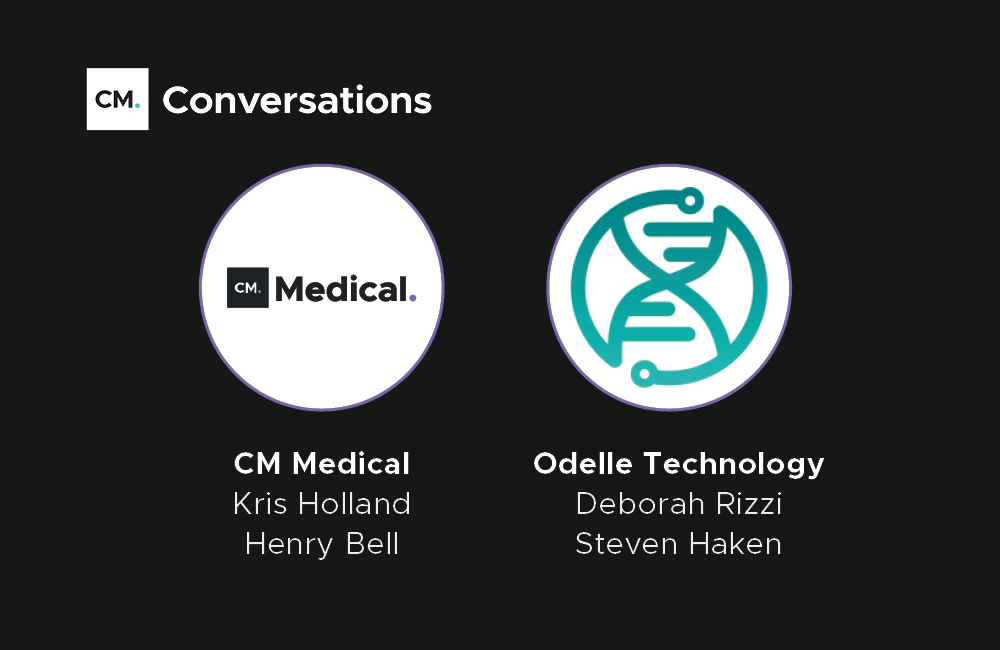
How to Take Your Medical Device to Market.
In this episode, I'm joined by Steven Haken and Deborah Rizzi from market access and reimbursement specialists Odelle Technology to discuss how to take a medical device to market.
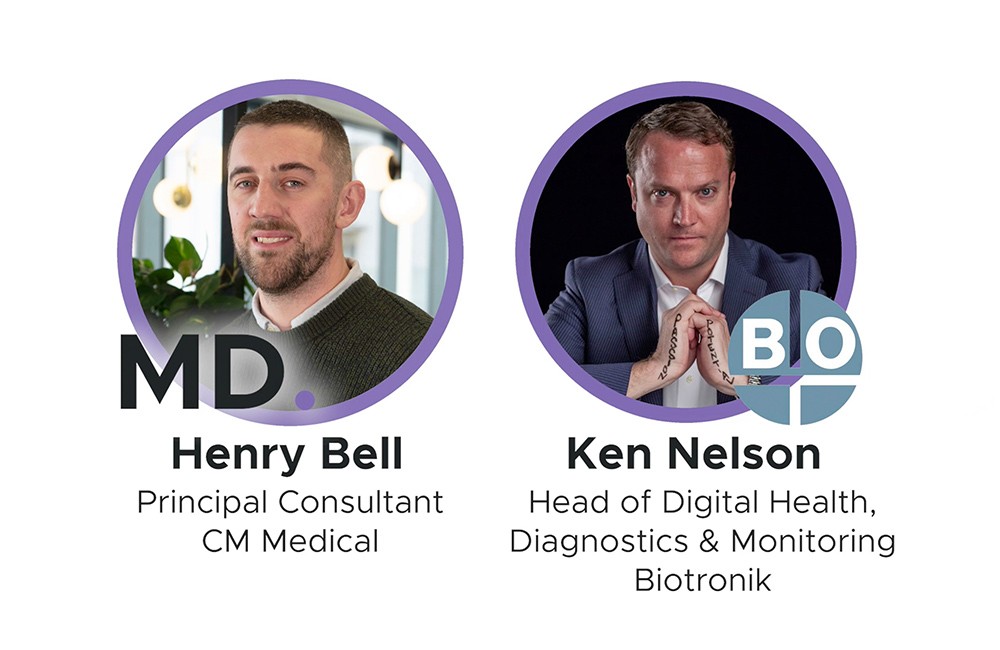
How Much Value is in Your Data?
I caught up with the Head of Digital Health, Diagnostics & Monitoring at Biotronik, Ken Nelson, to talk about the increasing value of data within the space.
Comments.